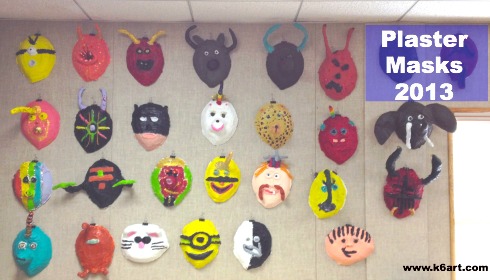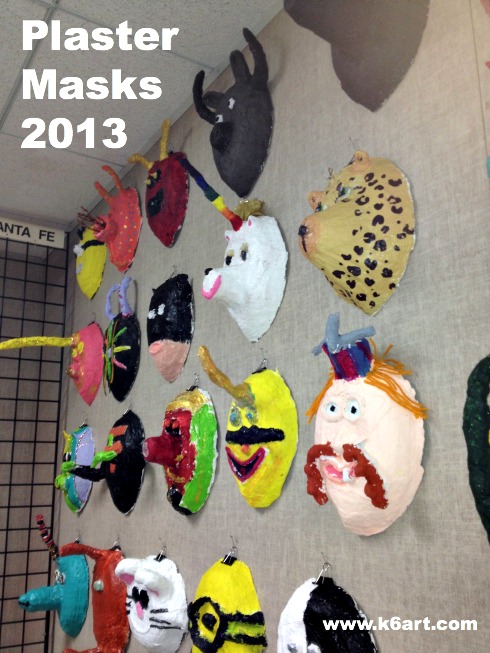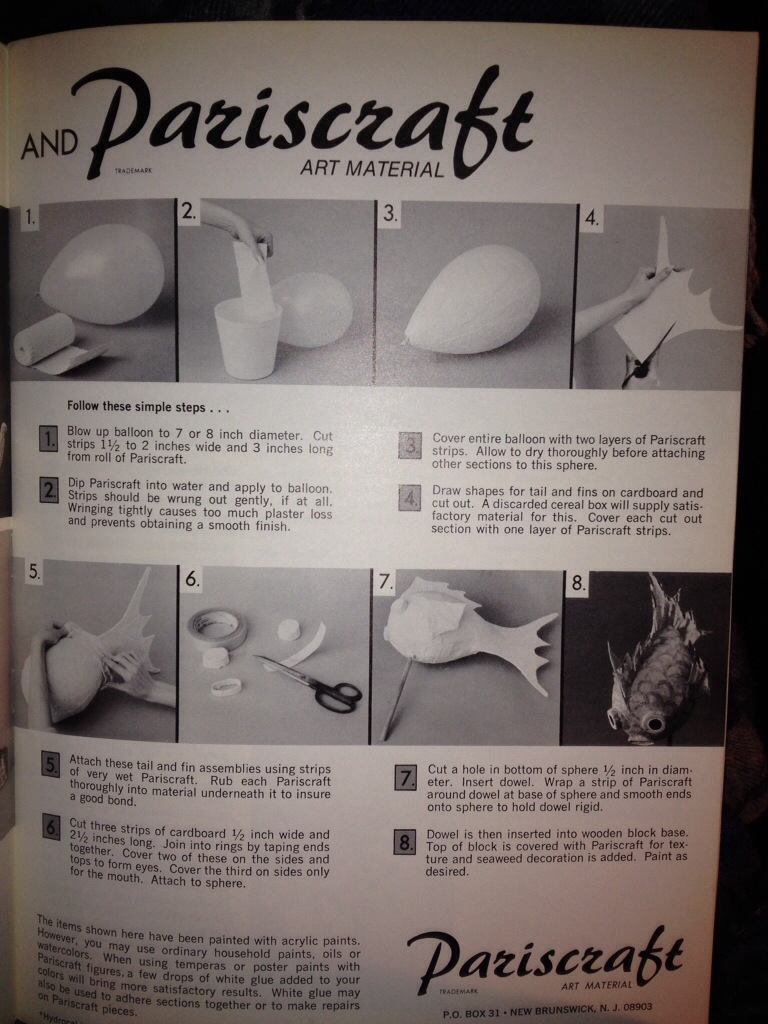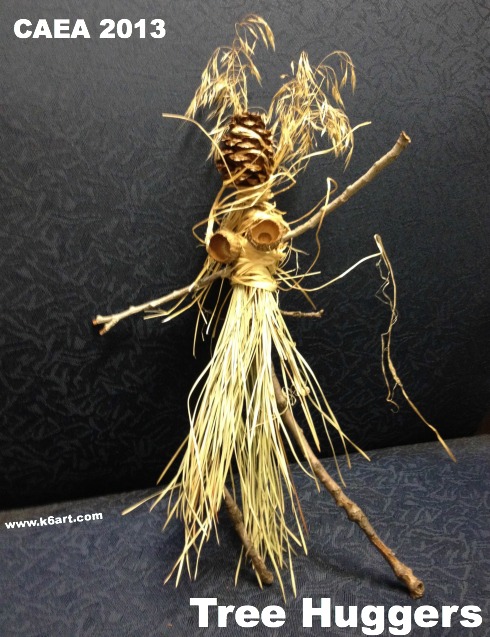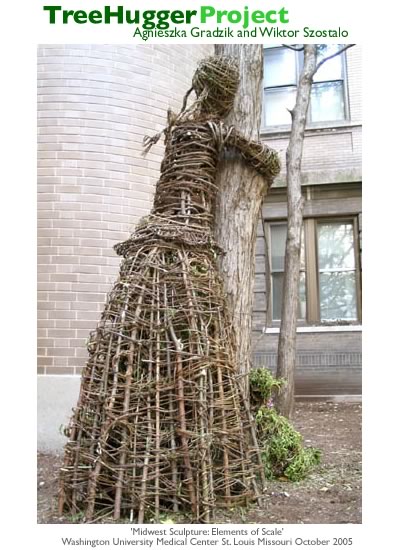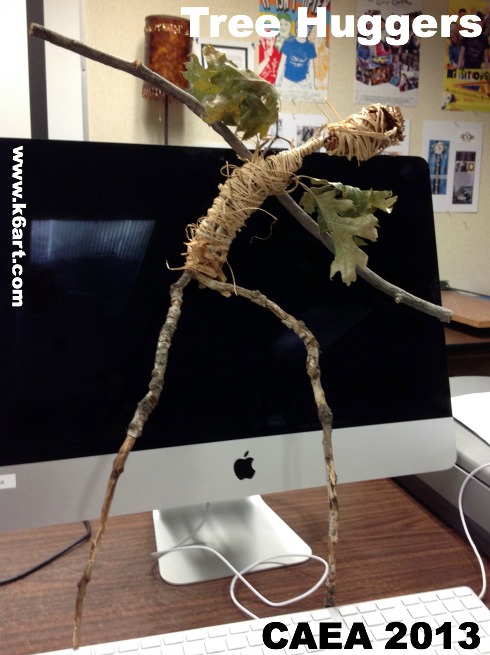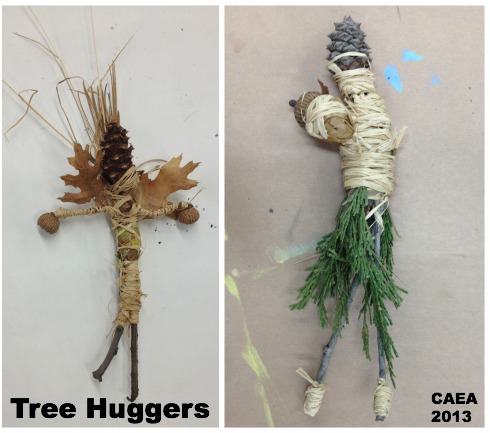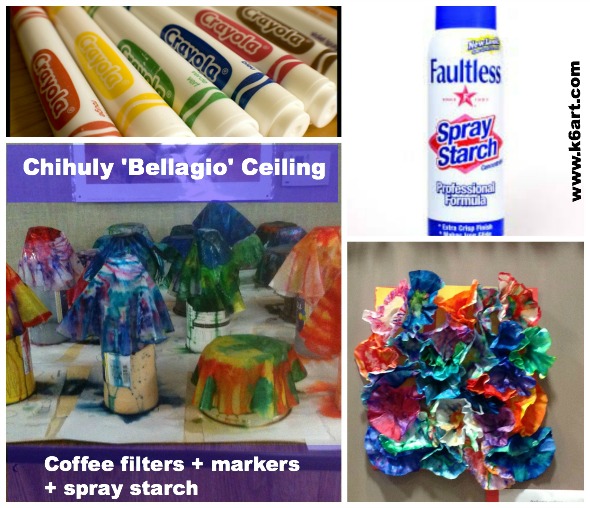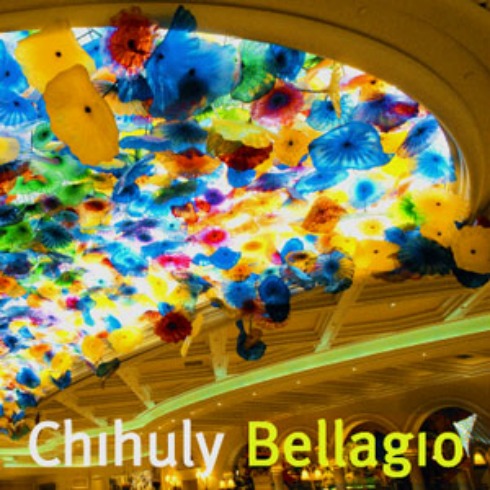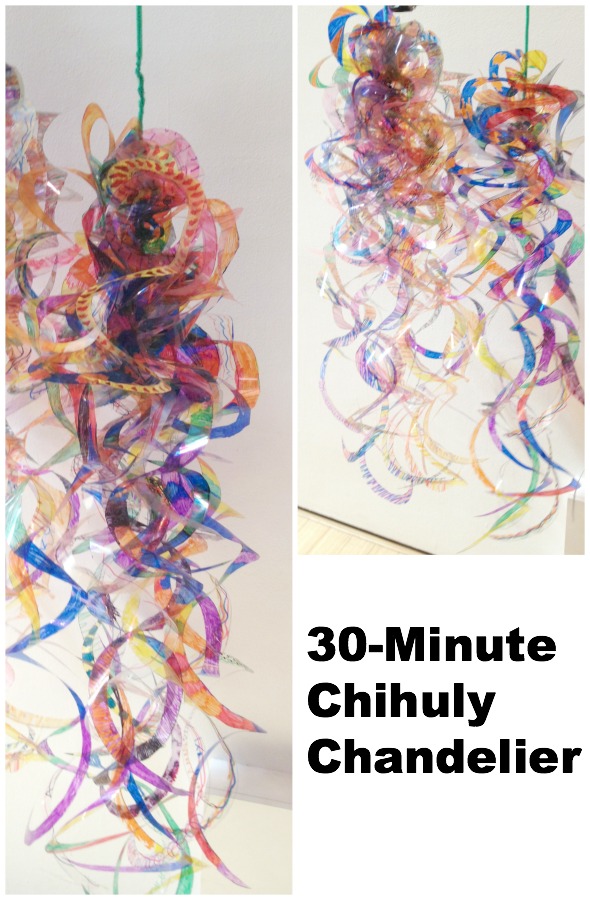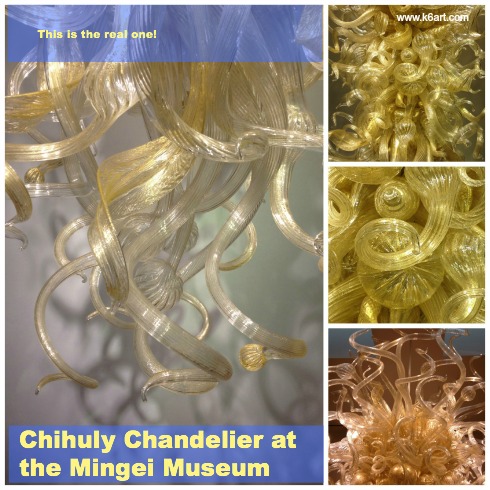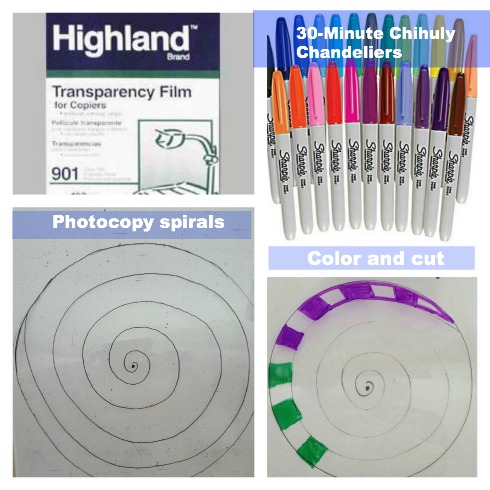What’s the most popular, most anticipated project in the entire art program? Our plaster masks! Every year the 5th graders create masks using nothing more than plaster wrap and foil (and maybe a few yogurt cups). Painted and embellished with yarn and glitter, they hang in the art room until they star in the spring art show.
Plaster wrap is plaster-coated cotton gauze. It is similar to the material used to cast broken bones. Dip it in water, and it hardens within minutes.
Learning about masks
The week before the art project, we learn about masks. Masks can be used for plays and dances, for rituals, for protection, for celebrations (such as Halloween), or just for decoration. I bring in my entire mask collection from around the world. I distribute the masks between the tables, and we do a rotation so that everyone can try on all the masks. I show the kids all the students photos of the student masks from 2012. I also posted a link to all the masks at the Mingei Museum in San Diego, just in case they wanted to do some research at home.
Materials:
- Plaster wrap (I get Pacon Plast’r Craft in 20 lb. boxes)
- aluminum foil (I use pre-cut foil pop-up sheets – such a time saver!)
- old yogurt cups
- scissors
- old plastic bowls (I use old Cool Whip tubs) for dipping, one for every two students
- armature (I use plastic dollar store trays), or face form for mask making, one per student
- newspaper for covering tables
- 5-gallon bucket
- acrylic paint
- embellishments such as glitter and yarn
- white glue
- optional for hanging: medium size binder clips
(note: compensated affiliate links above)
Day 1: Cover the armature with plaster wrap
Cover the tables with paper. Fill plastic bowls 1/2 full with water. Cut plaster wrap into 2″-wide pieces and distribute. Pass out foil sheets.
If you are doing this project with dozens of kids, the logistics can be tricky. I wrote about this process last year. Click here to read more tips about working with plaster.
Start by covering the outside of the plastic armature or face form with foil (this keeps the armature clean so we can re-use it next year). Next, cover the outside of the armature with three layers of plaster wrap (dipped in water). After applying the wet plaster, students should smooth it with their fingers. Let dry overnight.
Don’t know how to apply plaster wrap? Check out this video from Artchoo!
Warning! Don’t Pour the Plaster Water Down the Drain!
At the end of class, DO NOT DUMP THE PLASTER WATER DOWN THE DRAIN (Never. That plaster will harden in the drain and cause a nasty, expensive clog). Instead, pour all the plaster water into the 5-gallon bucket and put it in a corner. By morning, the heavy plaster will have settled to the bottom of the bucket, leaving clear water at the top. Pour off the clear water. Don’t dump the plaster residue. Stick the bucket back in the corner until the next class.
Days 2-4: Add facial features and horns
Prep as you did for the last class. Pass out scissors.
Most facial features such as eyes, nose and lips can be made by adding wadded or rolled wet plaster strips. For a snout, use an inverted yogurt cup covered with plaster strips. Students can cut plaster into smaller strips if desired.
Horns can be made using twisted foil. Just shape the foil, and ‘tape’ it to the face using strips of plaster. Then wrap the horn in plaster strips, starting at the base of the horn. You can use this technique to make tusks, arms, etc.
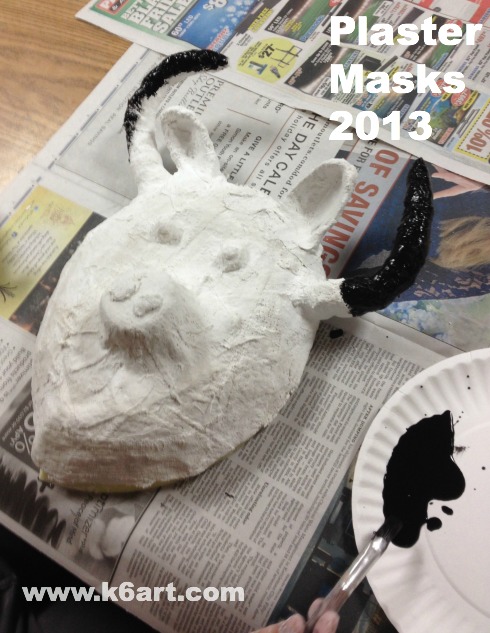
Horns are made from twisted foil covered with plaster wrap. Snout is an inverted yogurt cup covered with plaster wrap.
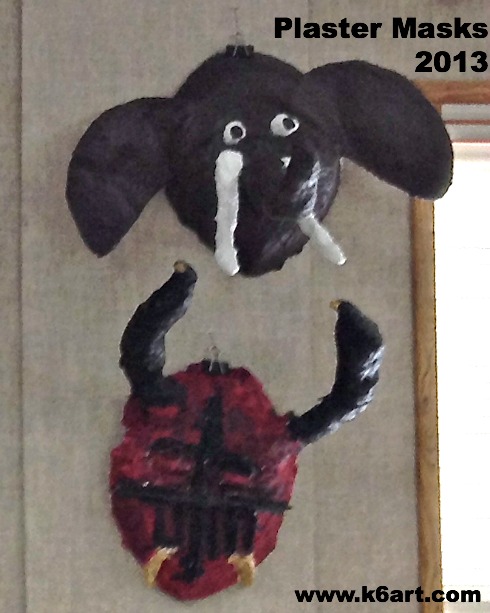
M’s mammoth mask has ears made from paper plates covered with two layers of plaster wrap. Trunk was made from yogurt cups, foil and plaster wrap. B’s villain mask has horns made from foil covered in plaster wrap.
Big elephant ears (and bird wings) were made using cut paper plates covered in two layers of plaster wrap.
I wrote about this last year. Click here to see more mask making photos.
Day 5: Paint
Remove the armature and throw away the foil covering. Paint mask with acrylic paint. (Note: I have had bad results painting plaster with tempera. It cracked and flaked off. If you absolutely must use tempera, put some white glue in the paint).
Day 6: Decorate
Decorate the masks with yarn, glitter, etc. White glue works really well with yarn. Use hot glue to add heavier decorations.
Attach a binder clip to the top of the mask and pin to the wall.
Reflection:
I’m not going to lie – this is the most challenging project I offer to any grade any year, both for me and for the students. It is completely open-ended – they can make any sort of mask, and use any decoration I have in the art room. I have two parent volunteers most weeks for this project. It would be easier if I had more than 40 minutes per class, especially because I have to allow 7 minutes for clean up.
End of project plaster clean up
What to do with a bucket of plaster goo? After you have poured off all the clear water, scoop all the remaining plaster goo from the bottom of the bucket into an old cardboard box and throw the box away.
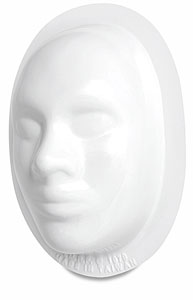 Face Form for Mask Making – $1.99 from: Blick Art Materials (compensated affiliate)
Face Form for Mask Making – $1.99 from: Blick Art Materials (compensated affiliate)
Note: this post contains affiliate links.

